How to use LinkedIn for lead generation
- GUIDES
LinkedIn has built up quite the reputation as a lead generation platform, especially for B2B campaigns. We’re here to explain why, as well as providing seven of the best tips for launching and managing a successful LinkedIn lead generation campaign.
LinkedIn has long been the social media platform of choice for B2B lead generation. Its popularity is a product of several different factors that combine to make it the perfect hunting ground for qualified leads.
It has a vast userbase made up of diverse prospects, with over 930 million users representing 63 million companies from across the world. Perhaps more importantly, LinkedIn research has shown that four out of five LinkedIn users drive business decisions, and members have 2x the buying power of the average internet user.
The nature of the userbase means that lead generation campaigns on LinkedIn feature conversion rates that are 3x higher than other major ad platforms.
And LinkedIn is also a great platform for lead generation from a functionality perspective. It has a diverse set of features designed to make finding, reaching, and converting prospects easier. These include great networking tools, a range of content formats to use in marketing campaigns, and even a built-in ads platform.
LinkedIn is designed to facilitate successful lead generation marketing, but you still need to put care and attention into your LinkedIn lead generation strategy to get the best results. These seven tips will help you make the most of the opportunity:
Your personal profile and/or company page play the same role in a LinkedIn lead generation campaign as your website would in a lead generation campaign carried out through organic search. In other words, they act as the central hub you’ll funnel leads through.
Whichever method you use to generate leads on LinkedIn, whether it’s organic content distribution, targeted ads, or direct outreach, your profile or page will be involved.
In fact, it’s likely to be the first step your audience takes into the conversion funnel. Accordingly, it’s important that you optimise your profile or page to contribute positively to your lead generation campaign.
This firstly involves covering all of the LinkedIn profile best practices, like having a suitable display picture, a compelling headline, and a comprehensive summary. Beyond that, spend the time to flesh out your profile or page further, pinning featured posts, adding examples of your work, and seeking recommendations.
Your LinkedIn lead generation efforts will go further the larger your audience is. While there are plenty of ways to target your audience without them being in your network (more on that later), no approach is as impactful as reaching them over and over again with the right message delivered organically.
Expanding your network by connecting with potential leads increases your potential for success. Done right, it can maximise the inbound performance of your organic LinkedIn content marketing significantly by increasing the reach of each post you share.
And it’s not just the size of your own network that you can benefit from. When your connections engage with one of your posts, there’s a chance their network will see it too.
Capitalise on this by growing your LinkedIn network as a priority, connecting with potential leads and people who might be connected to potential leads.
Good content is the cornerstone of the best lead generation campaigns. While you can get results solely from reaching out directly to people or targeting them with ads, organic content is the best way of creating scalable success.
There are lots of different ways to approach your LinkedIn content strategy, but the following tips apply to them all:
- • Take the time to create a strategy with concrete objectives, rather than posting randomly
- • Use diverse LinkedIn content formats, including text posts, images, and videos
- • Focus on creating ‘scroll-stopping’ content, capturing attention on peoples’ feeds
- • Make sure your content is readable by using formatting to your advantage
- • Stay consistent to build your audience over time and generate more engagement
But knowing your audience is arguably the most important part of a LinkedIn content strategy. Without knowing the details of who you’re targeting, you won’t know how to interest or engage them.
So, before you get started creating LinkedIn content, carry out some audience research and delve into the wants, needs, preferences, and challenges of your ideal leads. This information can guide your work and make sure every piece of content has an impact on your overall strategy.
And if you want to maximise the efficiency of your content process, make sure to use tools to your advantage. The Vulse Content Theme Planner can help you come up with great ideas for LinkedIn posts, for example, and our AI-powered LinkedIn Post Generator can streamline production.
Consistency is key in organic LinkedIn lead generation. Posting high-quality content frequently helps your account to build momentum, resulting in audience growth, increased engagement, and ultimately more potential opportunities to attract leads.
The most important factor in maintaining a consistent presence on LinkedIn is planning. Without concrete objectives or a long-term content schedule, you’ll most likely end up reverting to posting spontaneously. And while this isn’t bad in moderation, it’s not the recipe for great lead gen results.
To make sure you remain consistent in your LinkedIn lead generation campaign, spend time at the start of your campaign producing content in bulk. You can then schedule this content to go live over a certain period of time, ensuring you’ll always be in the conversation.
You can schedule posts natively on LinkedIn, but tools like the Vulse LinkedIn Post Scheduler offer more features, including the ability to edit scheduled posts.
Organic lead generation can generate great results on LinkedIn, but LinkedIn Ads makes a compelling case for being included in any serious lead gen campaign. After all, if you have a budget for ads, it makes sense to spend at least some of it on the top B2B lead generation platform.
LinkedIn Ads offers access to a wide range of different ad formats, including image posts, carousel posts, sponsored content, video ads, message ads, and pure text ads. Each ad format includes the same targeting capabilities, which allows you to refine your audience based on key factors including demographic details and job titles.
And you can also create a natural funnel on LinkedIn using LinkedIn Lead Gen Forms. These forms can be used in both message ads and sponsored content and provide you with a simple way to move leads on to the next step in the funnel.
And they’re auto filled for leads based on their profile data, which reduces the friction typical of form-based CTAs. This quirk makes them a hugely valuable tool, converting at up to 3x the rate of standard landing page forms.
LinkedIn Sales Navigator is a tool designed specifically to make it easier to seek out ideal leads on LinkedIn. If your approach to LinkedIn lead generation revolves around outbound activities, Sales Navigator can prove invaluable in making sure you can find and reach prospects.
There are more than 30 filters you can use to refine your searches, including filters for company size, job title, and seniority level. You can build lead lists directly on the platform and seamlessly move on to sending connection requests or InMail messages.
There are also several upgraded versions of LinkedIn Sales Navigator, Advanced and Advanced Plus. These can add extra value if you find the basic version promising, unlocking new features like CRM integration and CSV upload functionality.
Finally, make sure that you have a system in place to measure the success of your LinkedIn lead gen campaign. This is essential if you want your approach to improve over time. Without the right data you’ll be unable to figure out what’s working and what’s not.
You can use LinkedIn’s built in analytics platform to do this. But the insights you’ll get there are relatively limited compared to using a dedicated LinkedIn analytics solution.
Vulse LinkedIn Post Analytics, for example, has a range of additional features which can drive more valuable insights. Use it to measure how well different types of content perform, identifying the common threads between top-performing post so you can replicate their success in the future.


